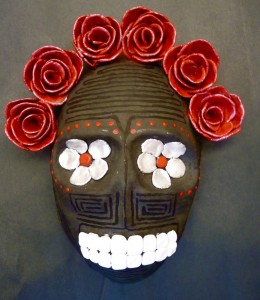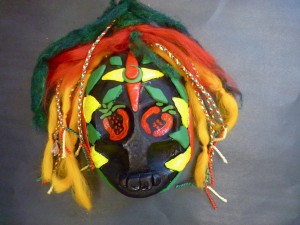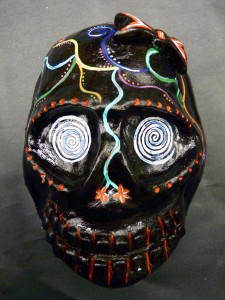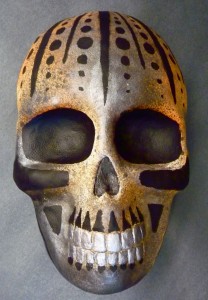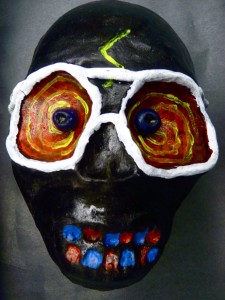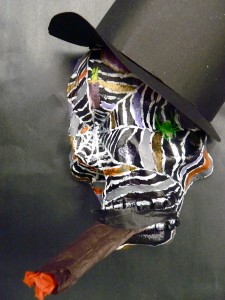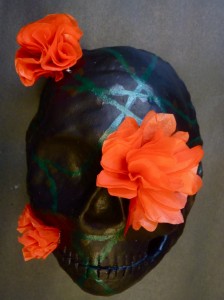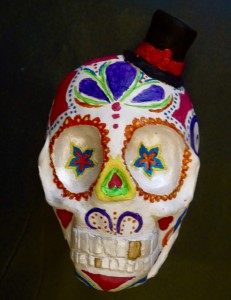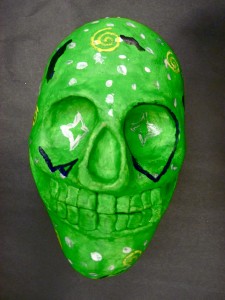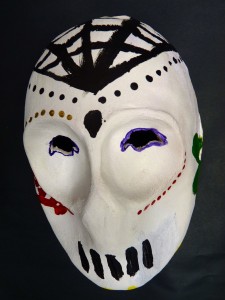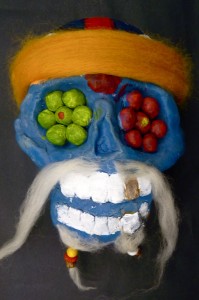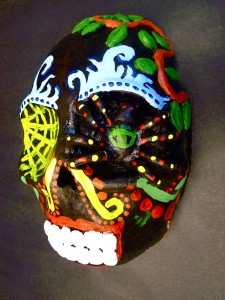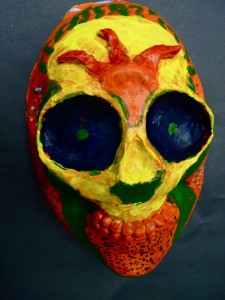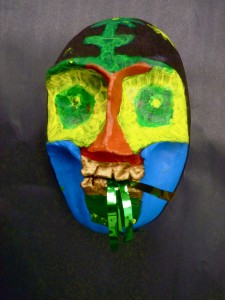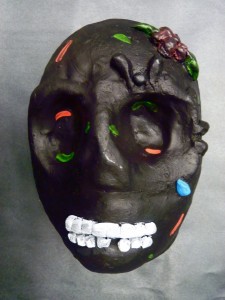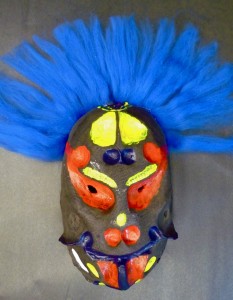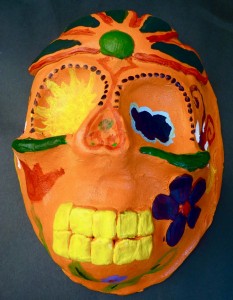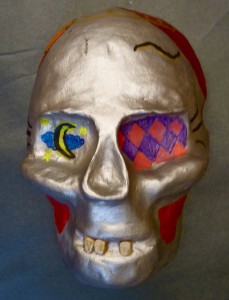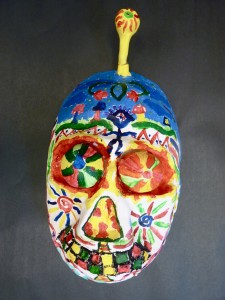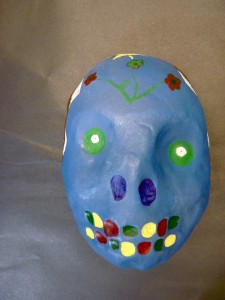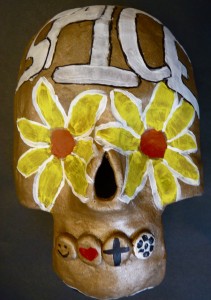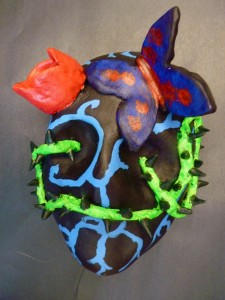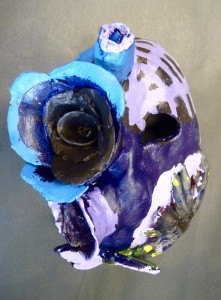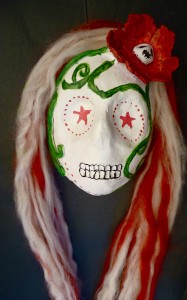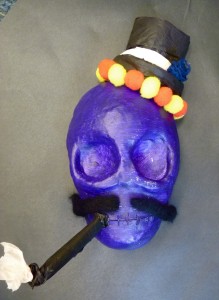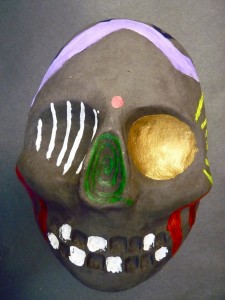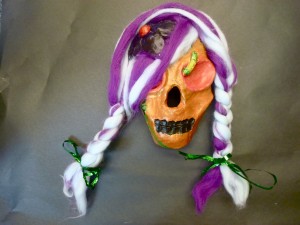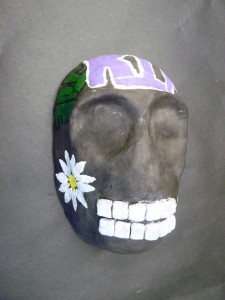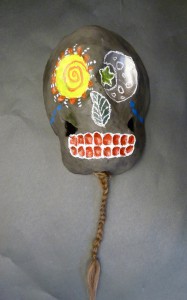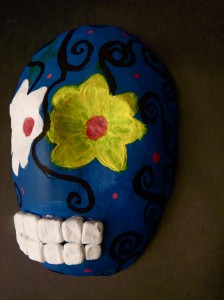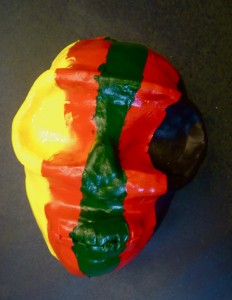October 25, 2010
Day of the Dead Masks
When the Spanish Conquistadors arrived in Mexico over 500 years ago, they encountered the indigenous people practicing a ritual which is today known as the Dia de los Muertos (Day of the Dead). This was a month long celebration for dead relatives when it was believed that the souls of the departed return to visit the living. Unlike the Spaniards, who viewed death as the end of life, the natives viewed it as the continuation of life. Instead of fearing death, they embraced it. To them, life was a dream and only in death did they become truly awake.
To the Catholic Spanish, this ritual seemed to be sacrilegious, and they unsuccessfully tried to eradicate it. There was a good deal of reluctance on the part of the indigenous people which resulted in a blending of old customs with the new religion. All Saints’ Day and All Hallows Eve (Halloween) roughly coincided with the preexisting Día de Los Muertos resulting in the present day 2-day event which draws from both.
Today, people don wooden skull masks called calacas and dance in honor of their deceased relatives. The wooden skulls are also placed on altars that are dedicated to the dead. Sugar skulls, made with the names of the dead person on the forehead, are eaten by a relative or friend, according to Mary J. Adrade, who has written three books on the ritual. The Aztecs and other Meso-American civilizations kept skulls as trophies and displayed them during the ritual. The skulls were used to symbolize death and rebirth.
Seward Art High Students made their own Day of the Dead masks. They began with slabs of clay, which they draped over human face molds. They then sculpted the clay to look like a skull. After the clay was fired, students painted them with spray and acrylic paint. They did an awesome job.
